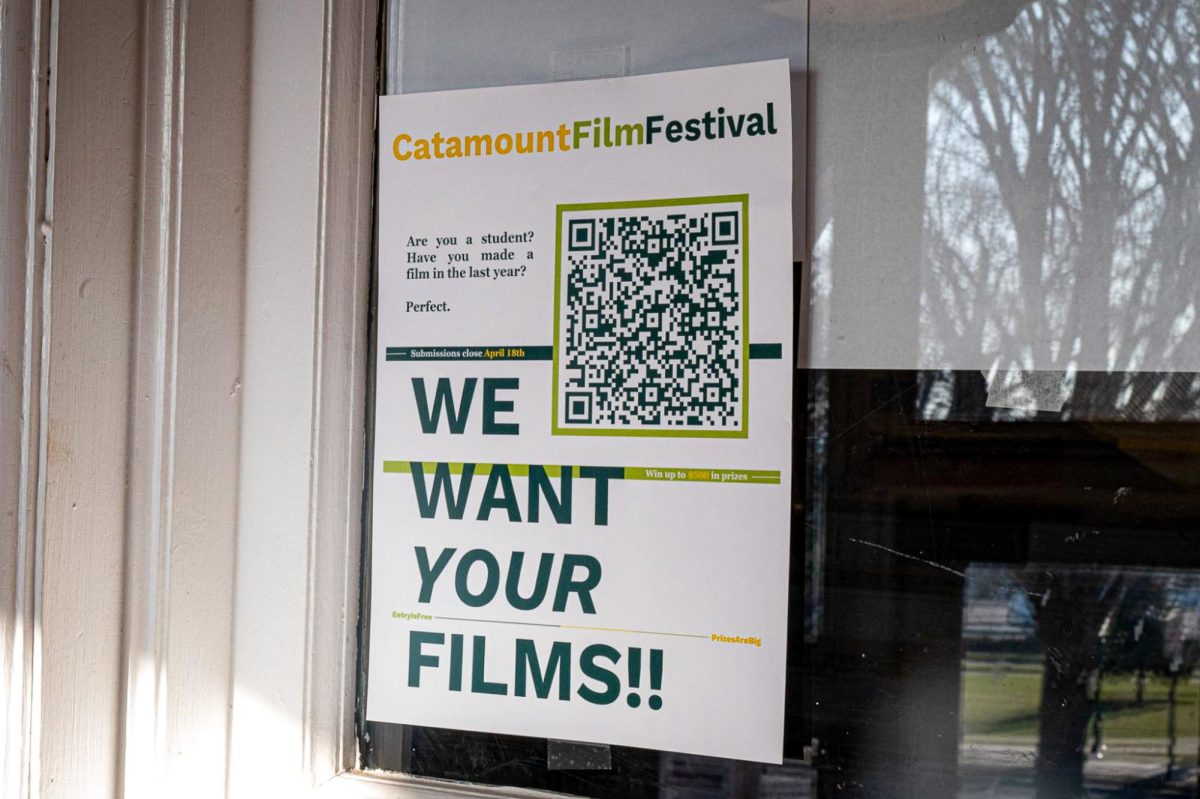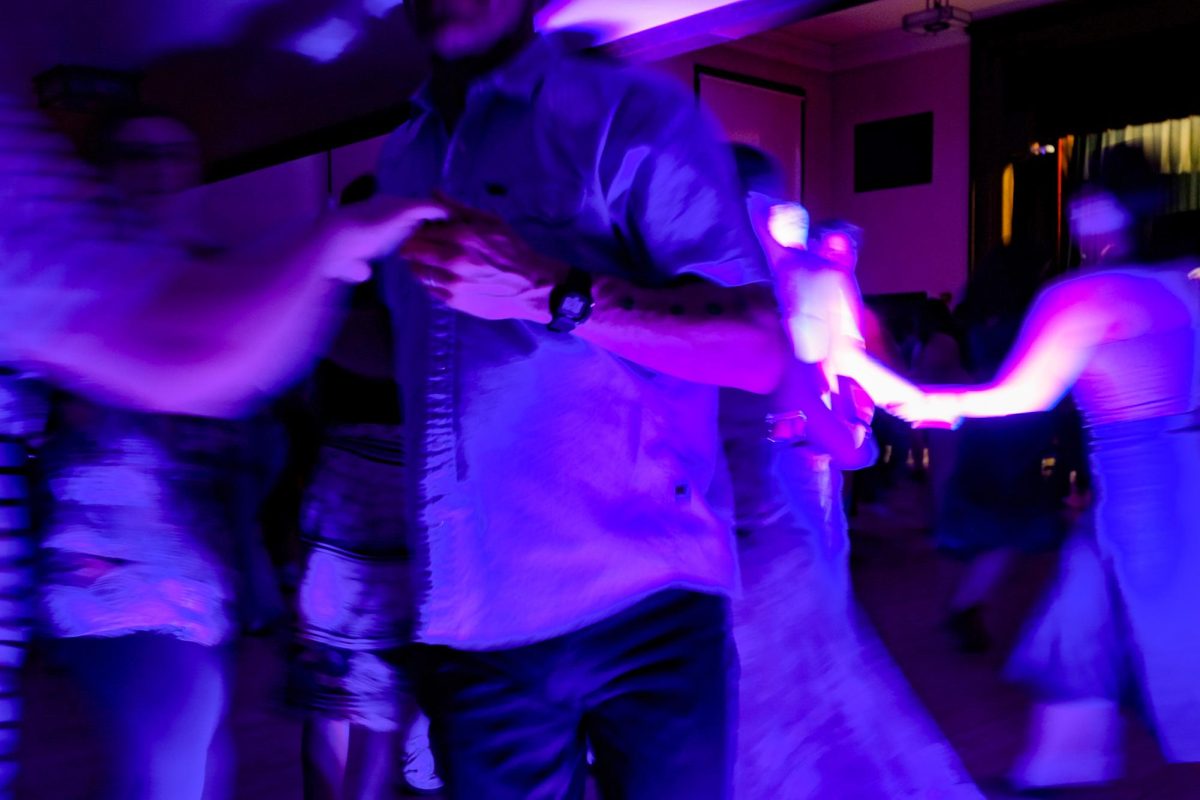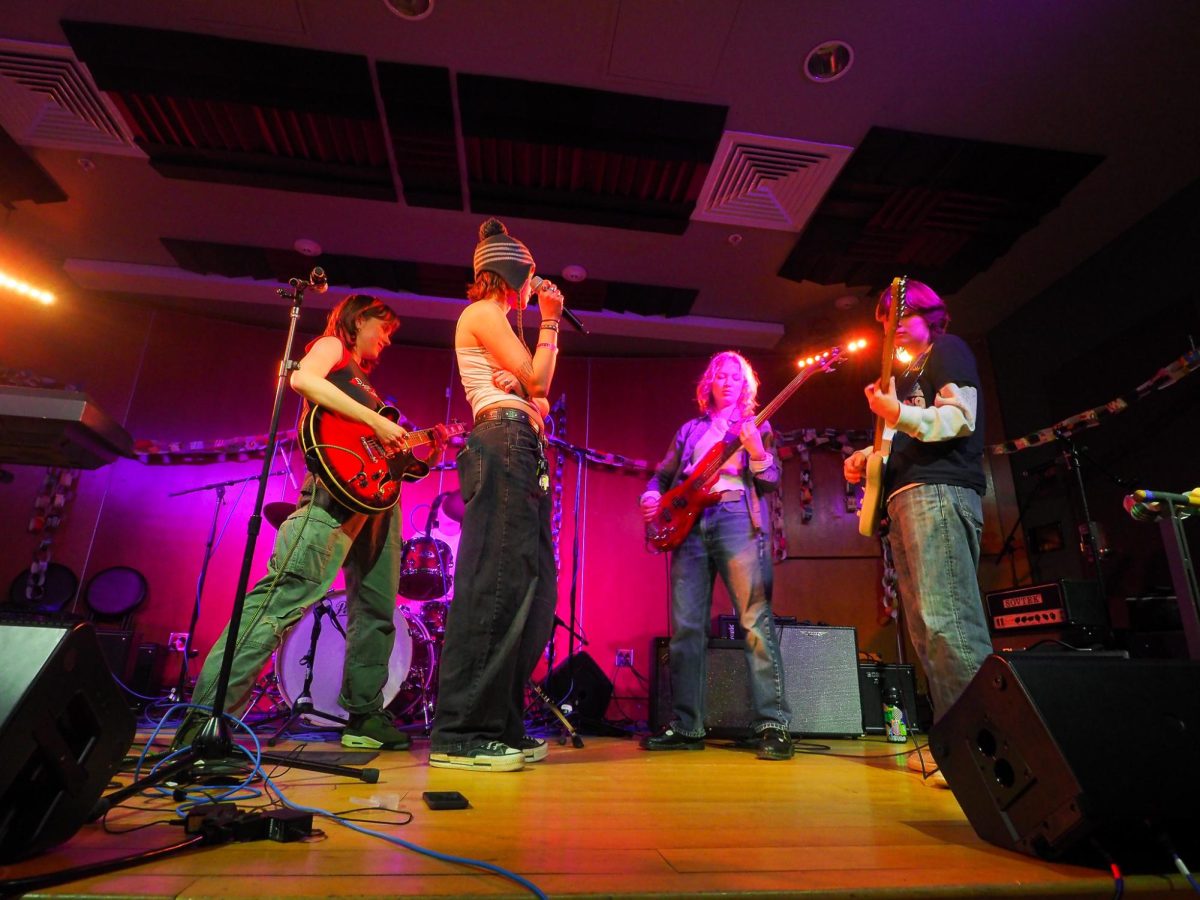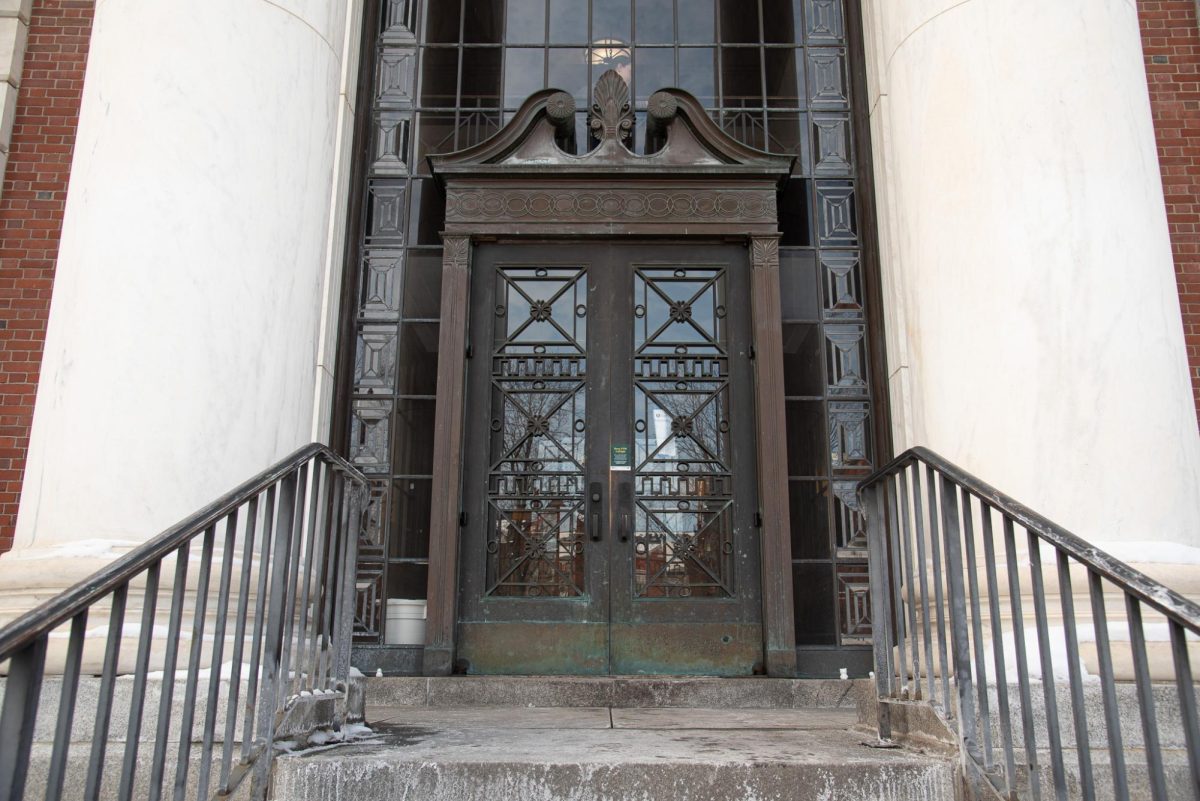Both the state of Vermont and the University have worked to continue the trend of acceptance with the appreciation of diversity through the representation of deaf culture for Deaf Awareness Month. Jeffrey Levi Palmer held a lecture in the Davis Center on Thursday, March 17, offering up a dynamic view into the culture of sign language locally and beyond. Palmer, who grew up in Vermont, has studied and researched American Sign Language (ASL) extensively. As a child of deaf parents, he currently works as a professional interpreter. Palmer’s presentation, titled “ASL Regional Variation: The Case of Vermont,” focused on the differentiation between many signs present in American Sign Language, and how such signs differ in meaning based on outside factors such as geography. The lecture emphasized the question of whether or not sociolinguistic factors play a role in the various levels of knowledge and use of Vermont signs. “I was studying in Vermont, with no intention of judging, and I wanted to explore what individuals knew about ASL in terms of the signs being prescriptive or descriptive,” Palmer signed. Taking a look at such factors as gender, age, ethnicity, education and socioeconomic status, Palmer attempted to uncover the reasons behind differing signs in one language. Palmer said he was particularly interested in the difference between Vermont signs and signs throughout the rest of the world. Palmer’s lecture discussed topics relevant in Vermont signs and beyond. “All over the world you have varying deaf cultures and I wanted to explore that,” Palmer signed. “ASL varies in its characteristics based on region. Signs differ, develop and are modified with each generation.” “People, I’ve found, often think that there’s one universal sign language,” said Cat Healey, sophomore member of Sign House. “This is a huge misconception. There are actually over 200 different types of sign language. Mr. Palmer discussed Vermont signs and the certain ways people from different areas sign. Think of it as an accent.” The event, which was conducted in ASL, featured speaking interpreters for non-ASL understanding attendees. Palmer questioned the audience to get their take on his lecture. He frequently asked audience members to share, aiding in the information gathering on what Vermont-originating signs they knew and why. “I really liked the event,” Healey said. “Mr. Palmer was very engaging and had a great sense of humor. He was also very accessible. I spoke to him after the event and he was friendly and helpful. I think the audience felt at ease and interested in the material he was presenting.”
Categories:
The University welcomes guest in celebration of Deaf History Month
March 28, 2011
0
More to Discover







